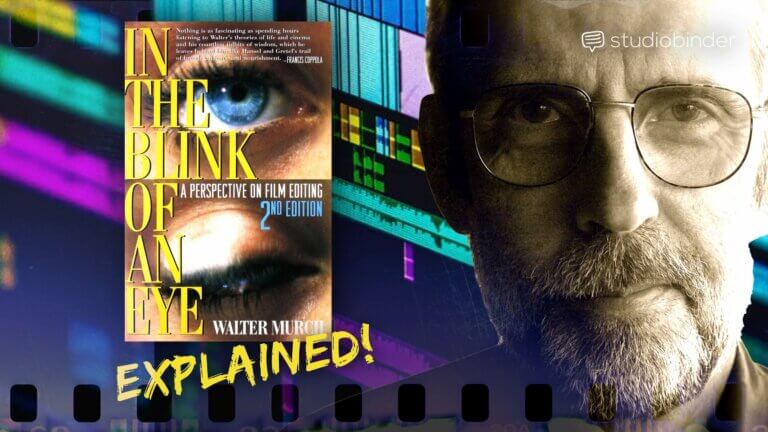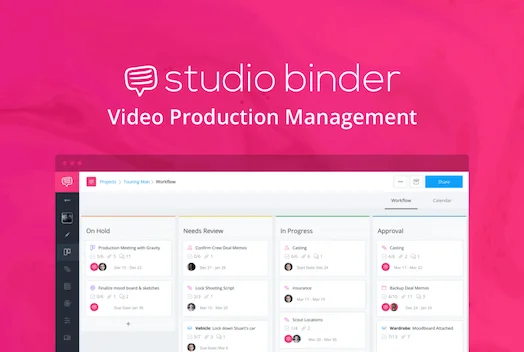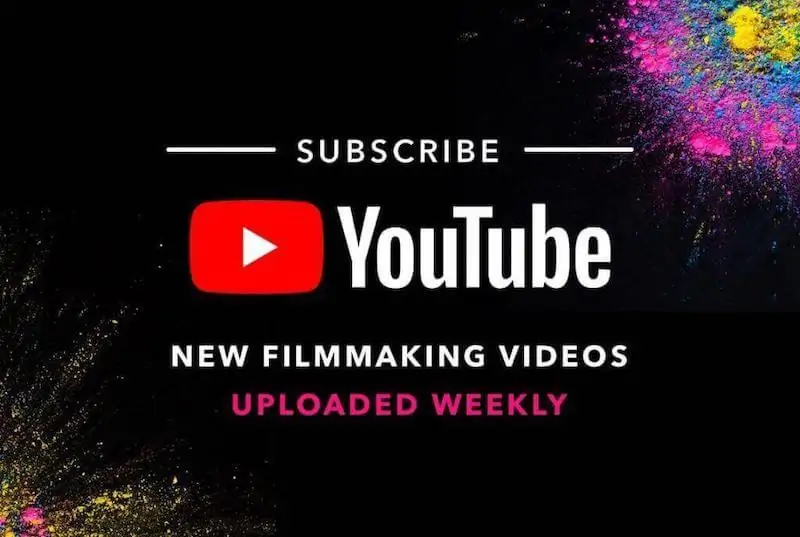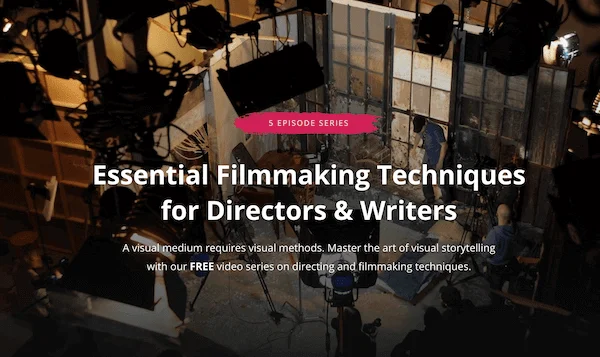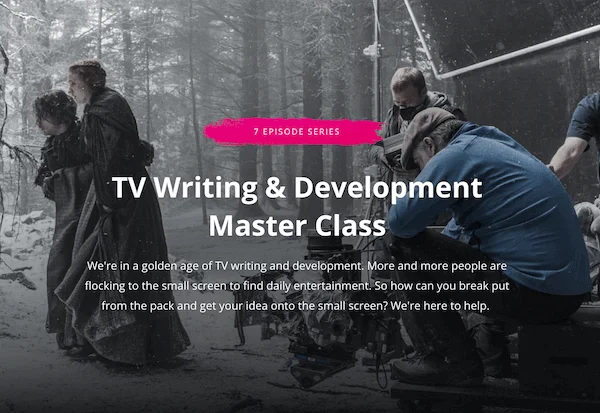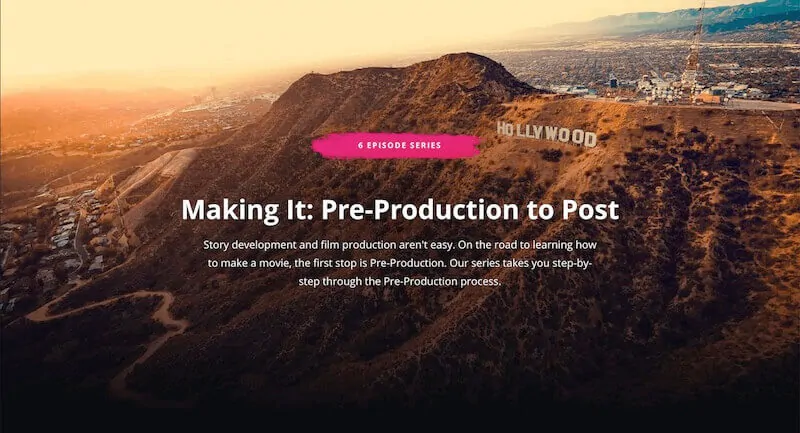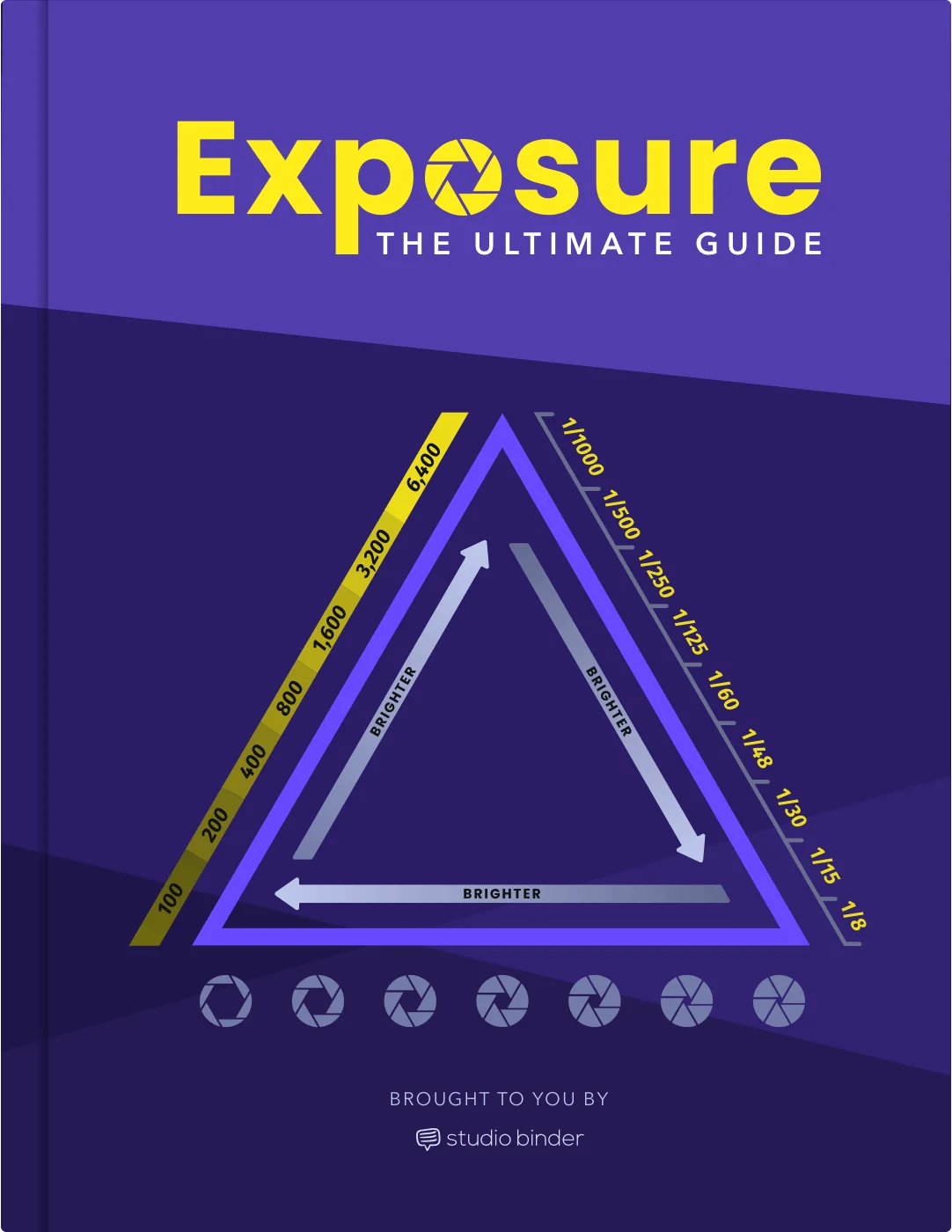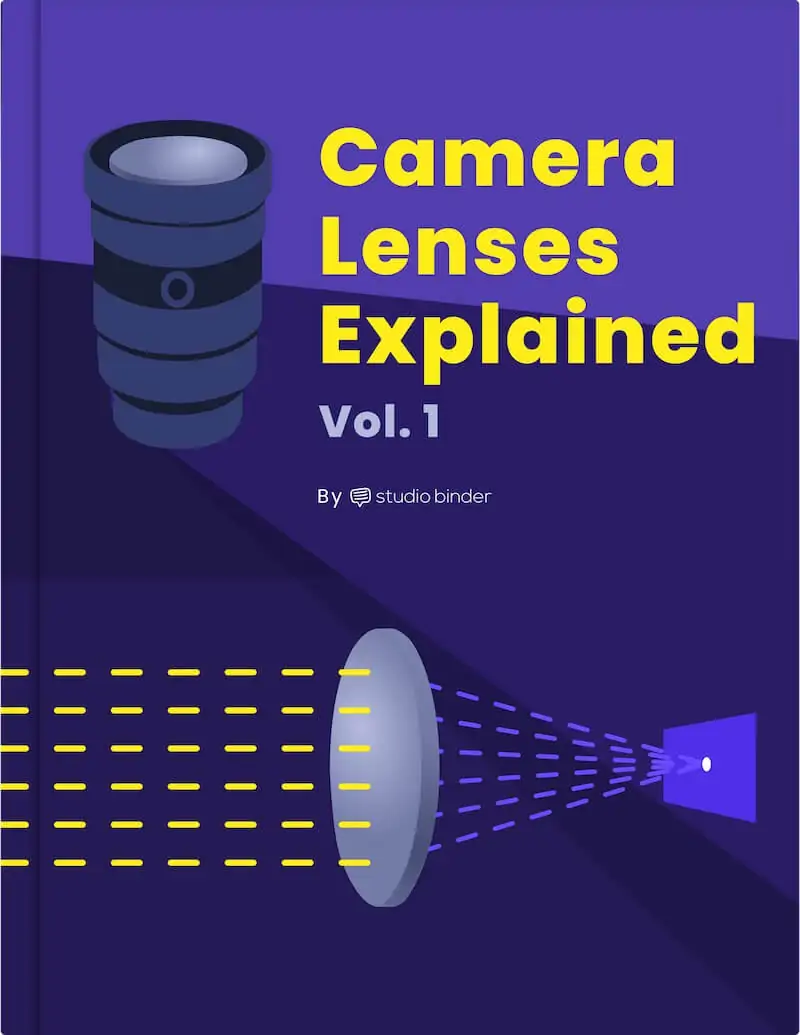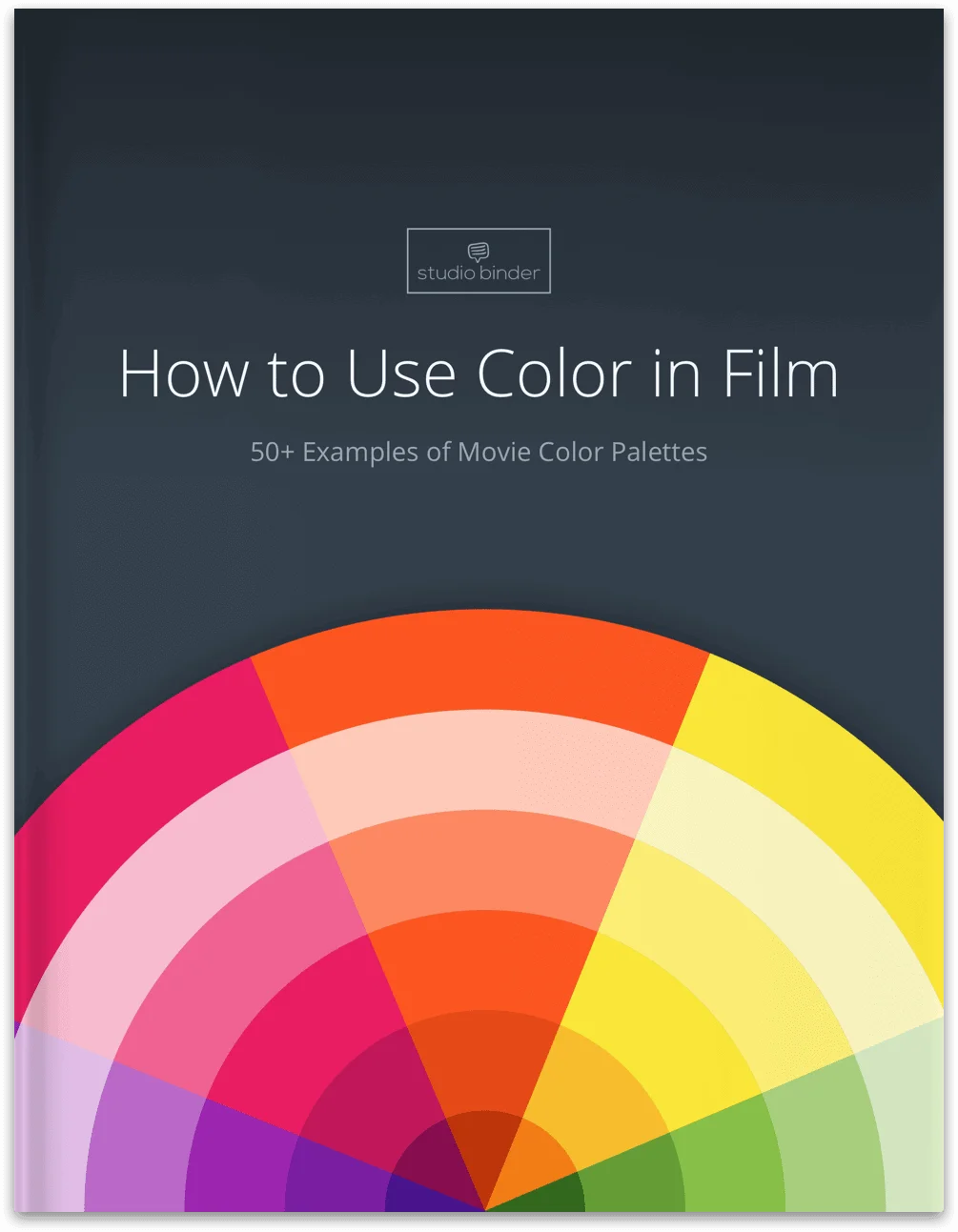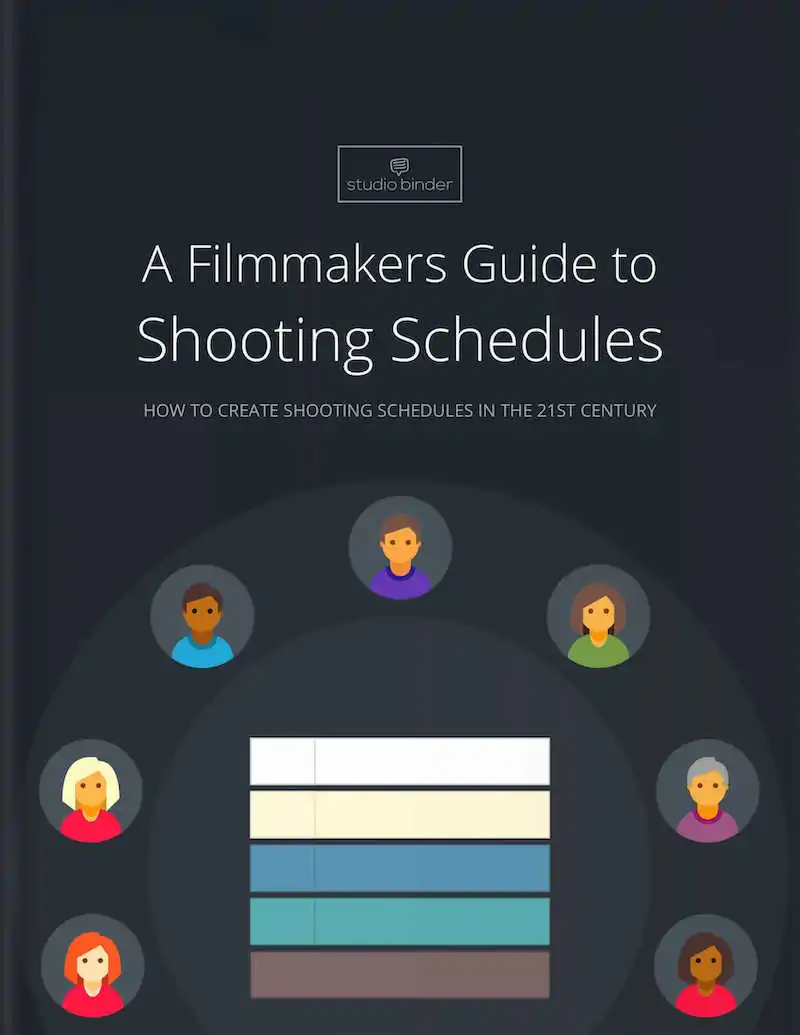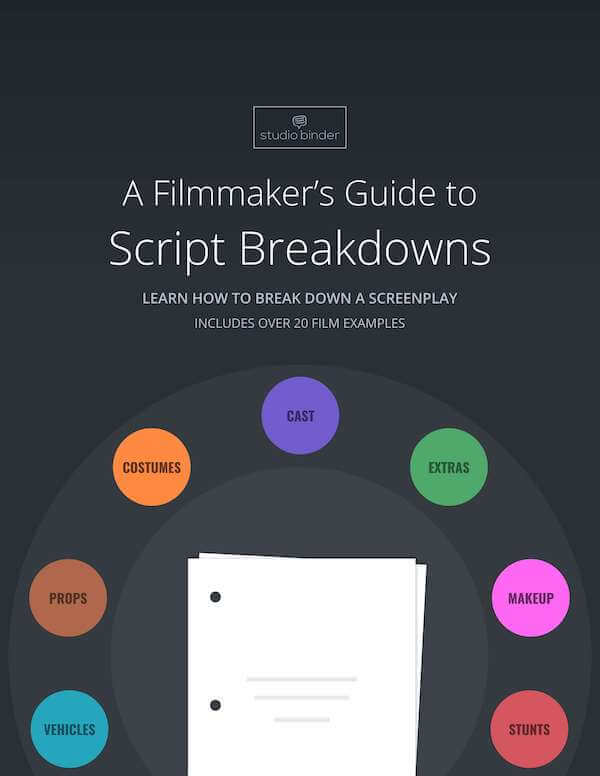The Kanban board has solidified its role as a powerful tool for optimizing workflow and enhancing team collaboration across industries. Originating from Toyota's manufacturing process in the 1940s. The name "Kanban" originates from two Japanese words: “Kan” 看, which means sign, and “Ban” 板, meaning board. Since then, this system has evolved as it has been heavily integrated into various industries from software development to sales to video production. Continue reading What is a Kanban Board — Types & Processes Explained
Eyelines in film help you tell a professional visual story better than most directing techniques and film gear ever will. The very basics of crafting an effective scene begins with the eyeline match. This is a filmmaking technique that, when done correctly, should go completely unnoticed. Nonetheless, it is an incredibly important technique that all filmmakers should know and understand. A lack of attention to eyeline match can result in visible errors in an entire scene. In this article, we’ll answer, "What is eyeline match" and why it's so important. Continue reading What is an Eyeline Match? Definition & Examples…
First and last impressions are life and death on YouTube. But luckily there are some excellent YouTube intro templates that will prove that your video is a quality watch. In addition to a solid intro, if you don’t plug your content at the end of your video, you won’t get the traffic you deserve.Continue reading How To Make An Intro For Your YouTube Video [FREE Template]
A Kanban board is a visual project management tool that helps teams manage and optimize their workflow. Originating from the Japanese word "kanban," meaning "visual signal," this methodology aims to improve efficiency and collaboration by visualizing the entire project process. Whether you are managing a large team or want to organize the chaos of daily work tasks for yourself, it's a great system to implement.Continue reading How to Use a Kanban Board — 5 Quick Steps Explained
Sometimes, tasks can pile on. And when they do, managing them can be incredibly overwhelming. Keeping priority tasks at the top of the list while swiftly moving everything along in an organized fashion takes a system. That's where the task board comes in. Continue reading What is a Task Board — Types, Functions & Benefits
Directors and cinematographers shoot with purpose, as they match their technical shot choices with the intended tone or emotion of the story. Of course, they’re not the only ones making critical choices. Editors’ decisions hugely determine the success of a film. It is up to the editor to assemble every scene, every cut in a scene, to tell the intended emotional truth of the story. It’s a tall order. To alleviate some of this pressure, Oscar-winning editor, Walter Murch, outlined some helpful tools. In his book, In the Blink of an Eye, Walter Murch details The Rule of Six, discussing…
While not always necessary for story-telling, freeze frames are a timeless tool in film and television. Whether for stylistic purposes or to draw attention to particular aspects of your film, it’s important to whittle down the motivation for your freeze frame. Read on to dissect successful freeze frame movie examples and ways you can implement them in your own work. Continue reading What is a Freeze Frame — The Best Examples & Why They Work
Imagine you're watching a character reminiscing about their past. As they stare into the distance, their present environment gradually fades, and a scene from their past starts to emerge, taking us into their memory. This smooth transition, this blending of two moments, is the magic of a cross fade. This article aims to uncover the secrets of the cross fade, delving into its intricacies to provide a deeper understanding and enhance your filmmaking knowledge. Continue reading What is a Cross Fade Transition — Definitions & Examples
Watching a film can sometimes feel like looking at the world through someone else’s eyes. This someone else may be a particularly auteurist filmmaker, or they can be a character within a movie that a filmmaker wants us to identify with. Referred to as subjective cinema, this filmmaking technique can be incredibly powerful.Continue reading Subjective Cinema — Types and Techniques in Filmmaking
In the realm of cinema, the magic often lies in the unseen—the techniques and tricks filmmakers use to craft stories that captivate us. One such technique, often overlooked but incredibly impactful, is superimposition. It's a tool that has evolved with the medium, from its birth in the darkroom to its modern-day digital incarnation. But what is superimposition in film? How does it work, and why do filmmakers use it? Continue reading What is Superimposition in Film — Definition and Examples


![How To Make An Intro For Your YouTube Video [FREE Template] 3 YouTube Intro Template You Need for Your Channel](https://s.studiobinder.com/wp-content/uploads/2024/12/YouTube-Intro-Template-You-Need-for-Your-Channel-768x432.jpg)

